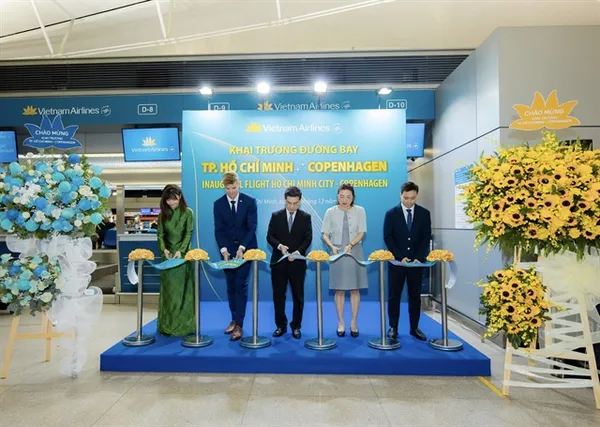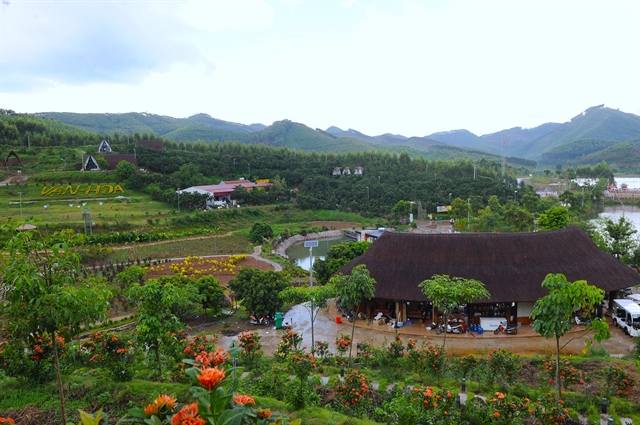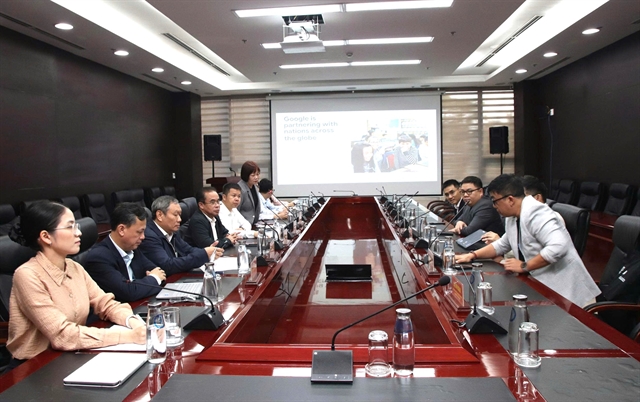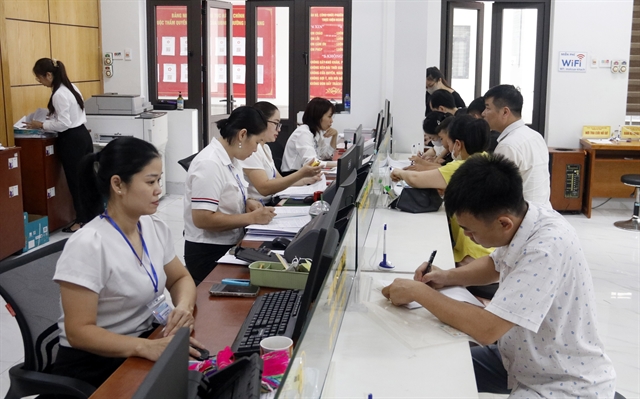 Environment
Environment

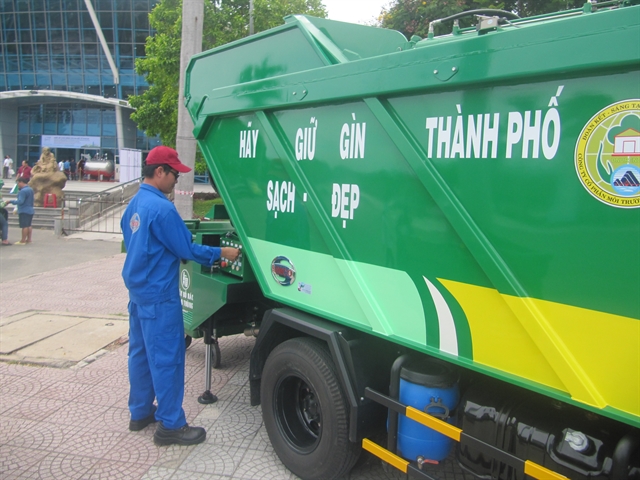 |
| A new dump truck was displayed at the waste treatment and environment technology exhibition in Đà Nẵng. More than 2,000 participants joined the event on August 25-26. — VNS Photo Công Thành |
ĐÀ NẴNG — More than 2,000 participants, researchers, businesses and visitors joined a waste treatment and environmental technology exhibition focusing on updated sustainable treatment solutions at the Đà Nẵng’s exhibition centre on August 25-26.
Businesses displayed technology and equipment at 35 pavilions, offering possible solutions on solid waste treatment, classification at sources, organic waste-turned bio-dish wash and home-compostable dust bins.
The urban area in Việt Nam has the largest amount of daily waste, with 50 per cent of more than 35,600 tonnes.
In comparison, solid waste had increased from 10 to 16 per cent in 2016-20, head of the environment protection in the central and highlands region, Phạm Hồng Sơn, said.
Although 94 per cent of waste was collected in urban areas, 71 per cent of waste was still dumped at landfills, while only 16 per cent was compost and 13 per cent was incinerated, he added.
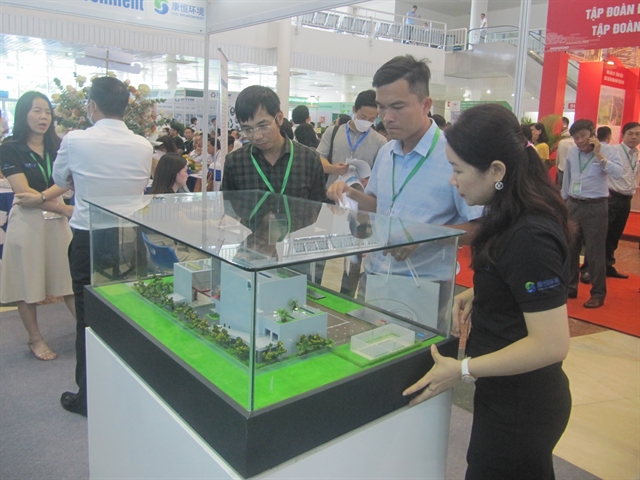 |
| A model of a waste treatment factory is introduced at an exhibition on waste technology and solutions in Đà Nẵng. About 35 pavilions were on show at the event. — VNS Photo Công Thành |
Sơn said plastic accounted for 10 to 12 per cent of total waste released in the country each day that is yet treated or recycled.
Việt Nam has 173 waste treatment units, of which only 2 per cent use recycling technology. In contrast, 21 per cent of landfills and dumps did not meet environmental protection regulations and standards in terms of polluted air and leachate.
Vũ Văn Hà, director of environmental equipment and material joint stock company (URENCO 13), said his company designed and produced environment-friendly waste equipment for hazardous and medical waste at hospitals and industrial factories.
Hà said a steam sterilising room could process one tonne of waste per day, which limits thermal emission.
He added that locally made hazardous waste equipment could be used at local hospitals to reduce the cost of treatment.
Director of the Centre for Environment and Community Research (CECR) Nguyễn Ngọc Lý said poor infrastructure in waste treatment had kept Việt Nam on the list of countries discharging more solid waste, particularly plastic, into the ocean.
Việt Nam with the Japan International Co-operation Agency and the Netherlands has been boosting cooperation in promoting technology and management in waste treatment.
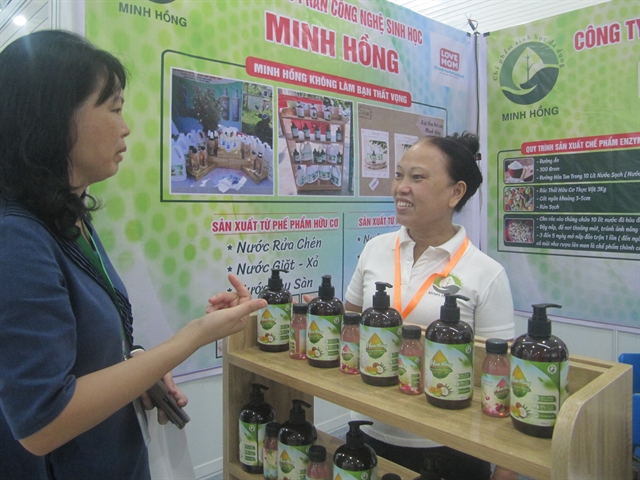 |
| A businesswoman (left) introduces a bio-dish wash product that was processed from organic waste at an exhibition on waste treatment solutions. — VNS Photo Công Thành |
Đà Nẵng inaugurated a waste-to-energy project at the Khánh Sơn dump worth US$80 million in 2016, but it failed to treat rubbish effectively after three years of operation due to poor technology.
The Việt Nam Environment Joint-Stock Company project investor said it would upgrade technology from the already invested first phase of a rubbish recycling plant to process waste into energy.
Đà Nẵng releases more than 1,000 tonnes of garbage daily, but only 10 per cent is recycled. — VNS

